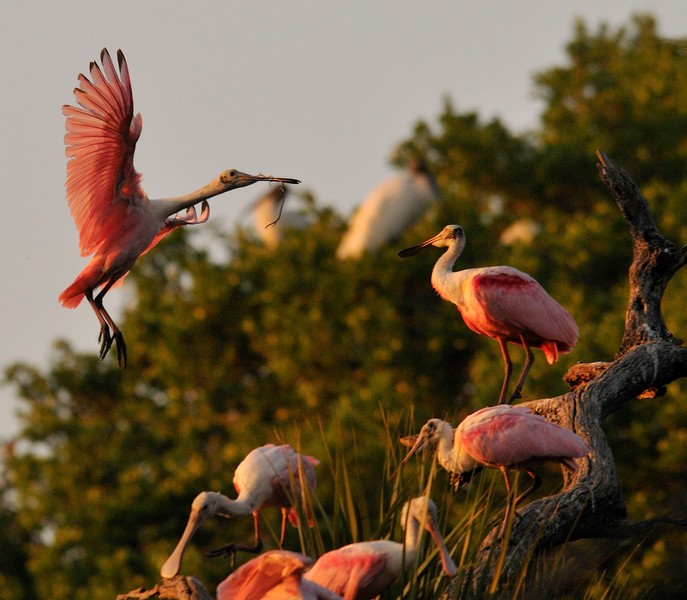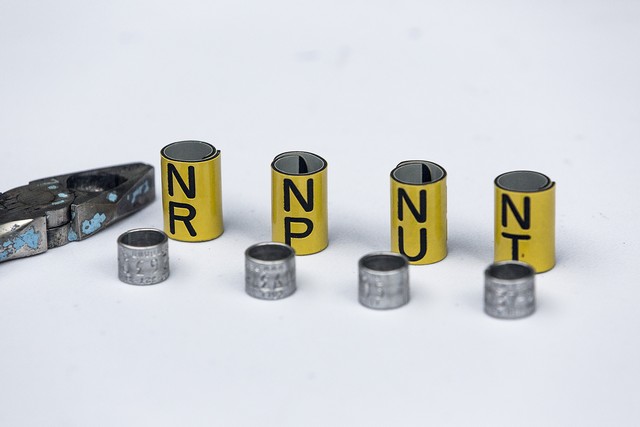2022 End of Season Report
Photo by Jack Rogers Wood stork at Wakodahatchee Wetlands (because we love this species no matter their photo is taken!) The success of wading bird rookeries fluctuate annually due to water hydrology, human activity, and available feeding habitat. Ten species of wading birds now regularly nesting at...









